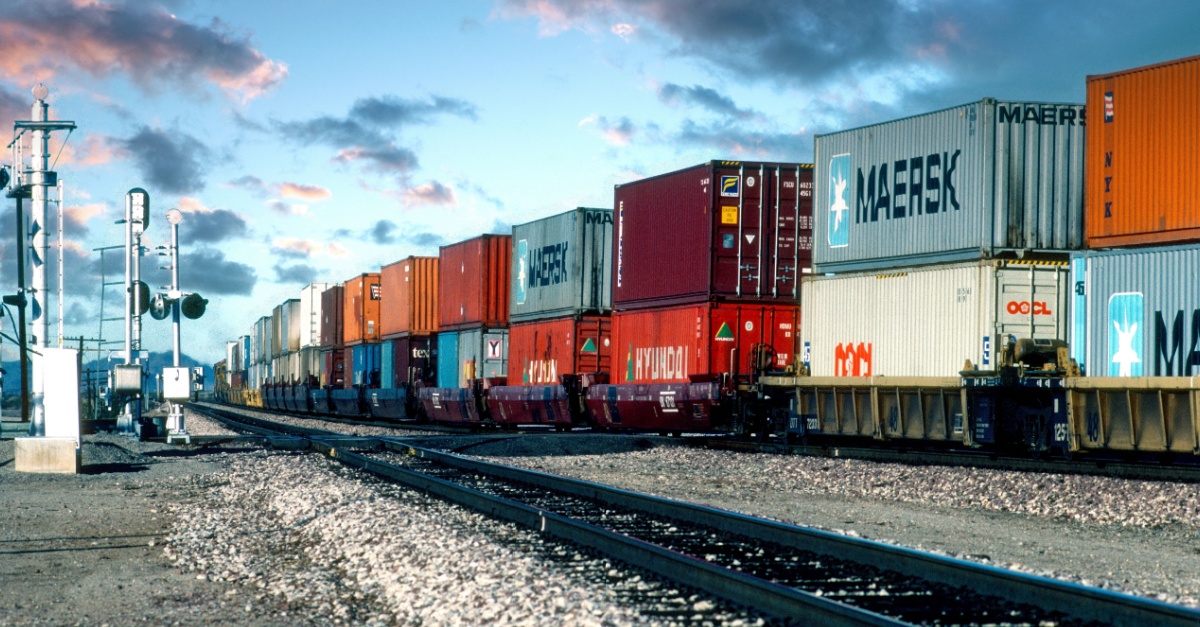

The long-haul freight industry is at a critical turning point in 2025. With rising costs, demands for sustainability, geopolitical instability, and recurring capacity challenges, traditional trucking is no longer sufficient to meet shippers’ every need.
This is why intermodal freight has emerged as a smart, scalable solution that’s more efficient, reduces environmental impact, and supports flexible logistics.
It’s also growing rapidly. According to Mordor Intelligence, the intermodal freight transportation market will experience a compound annual growth rate (CAGR) of 8.27% between 2024 and 2029.
VCPB Transportation is helping shippers across North America harness the full power of intermodal logistics. By combining deep industry experience with cutting-edge technology and strategic rail partnerships, VCPB is driving greater resiliency and cost-effectiveness in long-haul freight.
Long-haul transportation is facing disruption. Advances in technology have given shippers more visibility and control than ever before. Real-time tracking, automation, and AI-based route optimization are redefining how goods move across the country. Yet shippers must now contend with broader economic and environmental factors:
These factors are leading companies to turn to intermodal freight as a way to improve network resilience while cutting costs and emissions.
According to U.S. Cargo Control Group, 2025 will be a defining year for intermodal logistics, with rising investment in infrastructure, automation, and rail connectivity reshaping how freight moves. VCPB Transportation is already delivering results, helping clients reduce long-haul trucking dependence while adhering to SLAs.
Intermodal freight typically combines rail for the long-haul portion with trucks for first- and last-mile delivery, with containers transloaded between modes. It’s a model that capitalizes on the unique strengths of each to optimize performance.
Key benefits of intermodal freight include:
By designing intermodal solutions tailored to each client’s shipping needs, VCPB Transportation ensures that efficiency gains are real, measurable, and scalable. Through integrated drayage, rail, and transloading services, VCPB eliminates fragmentation and ensures smooth transitions between modes.
Shippers see both direct and indirect savings: reduced fuel usage, fewer accessorial charges, and less wear and tear on equipment. But the benefits go beyond the balance sheet.
Intermodal freight also helps preserve public infrastructure. Fewer long-haul trucks on highways mean less road damage and reduced highway congestion.
Environmentally, intermodal supports long-term sustainability goals. According to Supply Chain Brain, companies that shift just 10% of their freight from truck to rail can cut transportation-related emissions by nearly 40%.
VCPB Transportation is committed to advancing green logistics. By analyzing emissions across the full route and identifying opportunities to shift freight to rail or optimize transloading operations, VCPB helps clients actively reduce their carbon footprint. Its use of real-time tracking and AI-driven routing ensures that every load moves as efficiently and sustainably as possible.
With decades of experience and an eye to the future, VCPB Transportation is a recognized leader in intermodal freight. The company’s intermodal solutions are designed to move freight and improve the way it moves.
In a time when long-haul freight requires analytical intelligence and fresh strategies, VCPB delivers with confidence. Whether you’re shipping coast to coast or cross-border into Mexico or Canada, VCPB’s intermodal capabilities offer exceptional reliability and efficiency.
As supply chains continue to evolve, intermodal freight has become a practical, proven way to manage long-haul logistics. With VCPB Transportation as your partner, you’re building a more efficient, sustainable supply chain. Contact our team to start shipping today.